
Kaishan USA Announces New Website
August 1, 2022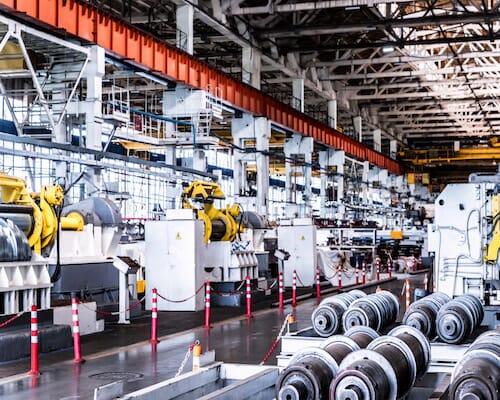
Reduce Energy Costs: Four Tips for Plant Managers
November 4, 2022How to Size an Air Compressor for Industrial Use
Kaishan USA | October 31, 2022 | Uncategorized
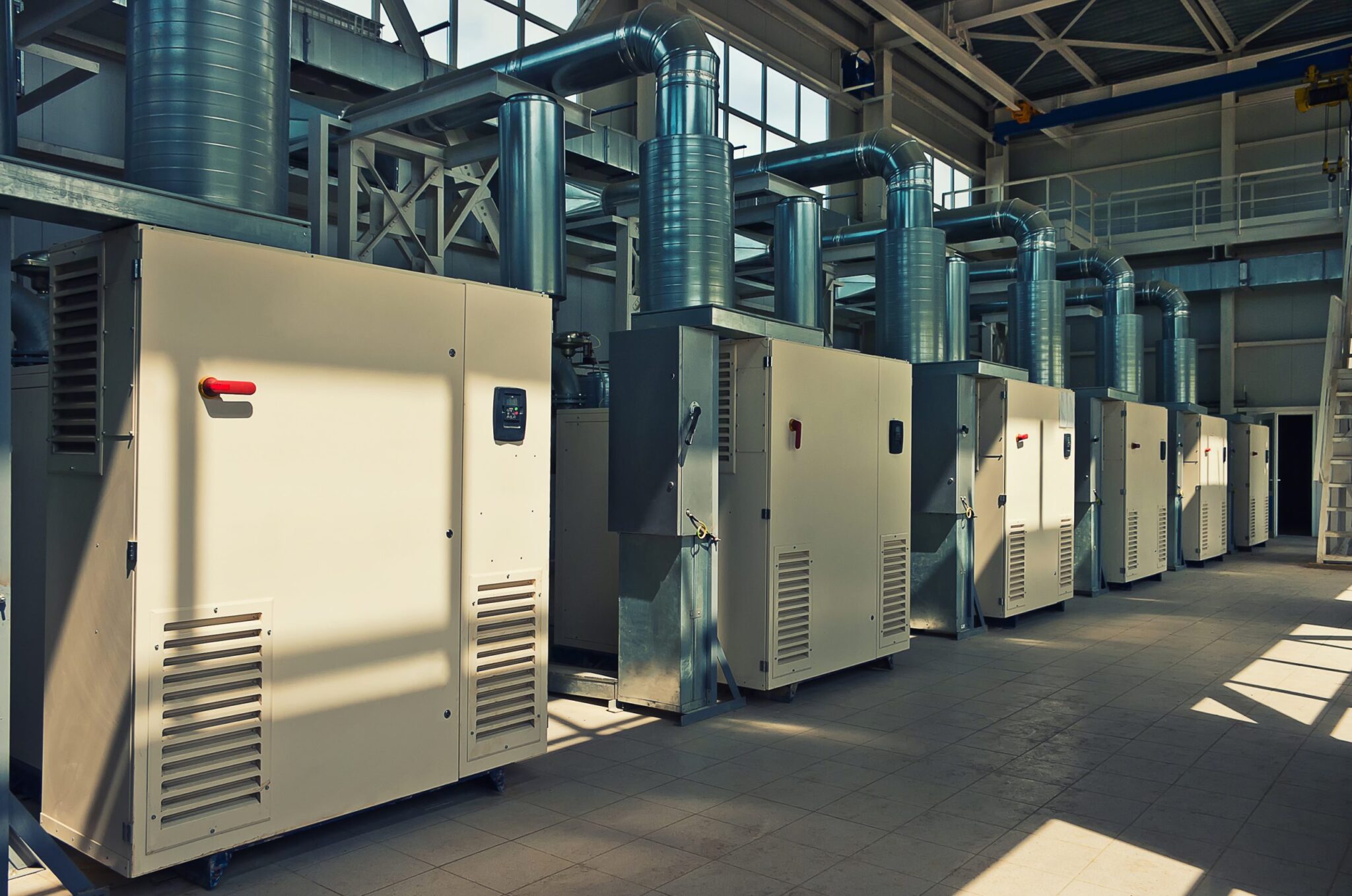
You would think that it would be relatively easy to size an air compressor. Just add up the CFM you need, and you have the capacity you need for your plant. Done and done.
The answer, unfortunately, is not so fast.
Sizing an industrial air compressor for maximum efficiency requires that you balance a variety of factors: CFM, of course, but also demand profiles, pressures, applications, plant layout, and other equipment like storage, dryers, and piping.
Let’s walk through the process.
Start with Flow
The conventional wisdom, of course, is partially correct. You do start by adding up the cubic feet per minute (CFM) that you’ll require for the applications that need compressed air. Recognizing that the requirements might vary from application to application.
And your compressor CFM should be based on average use as well as peaks and low-demand periods. That will allow you to determine the most efficient and flexible system.
An industrial painting facility, for instance, might have a sandblasting application that they only operate for an hour a day or a few hours a week, or even a few hours a month.
Most people will size their air system to accommodate the needs of that sandblaster, which takes up 90% of their air use. But only when it’s in operation.
They’ll say, “I need 100 HP for my sandblaster. So I'll buy 150 HP, so I've got plenty of air.”
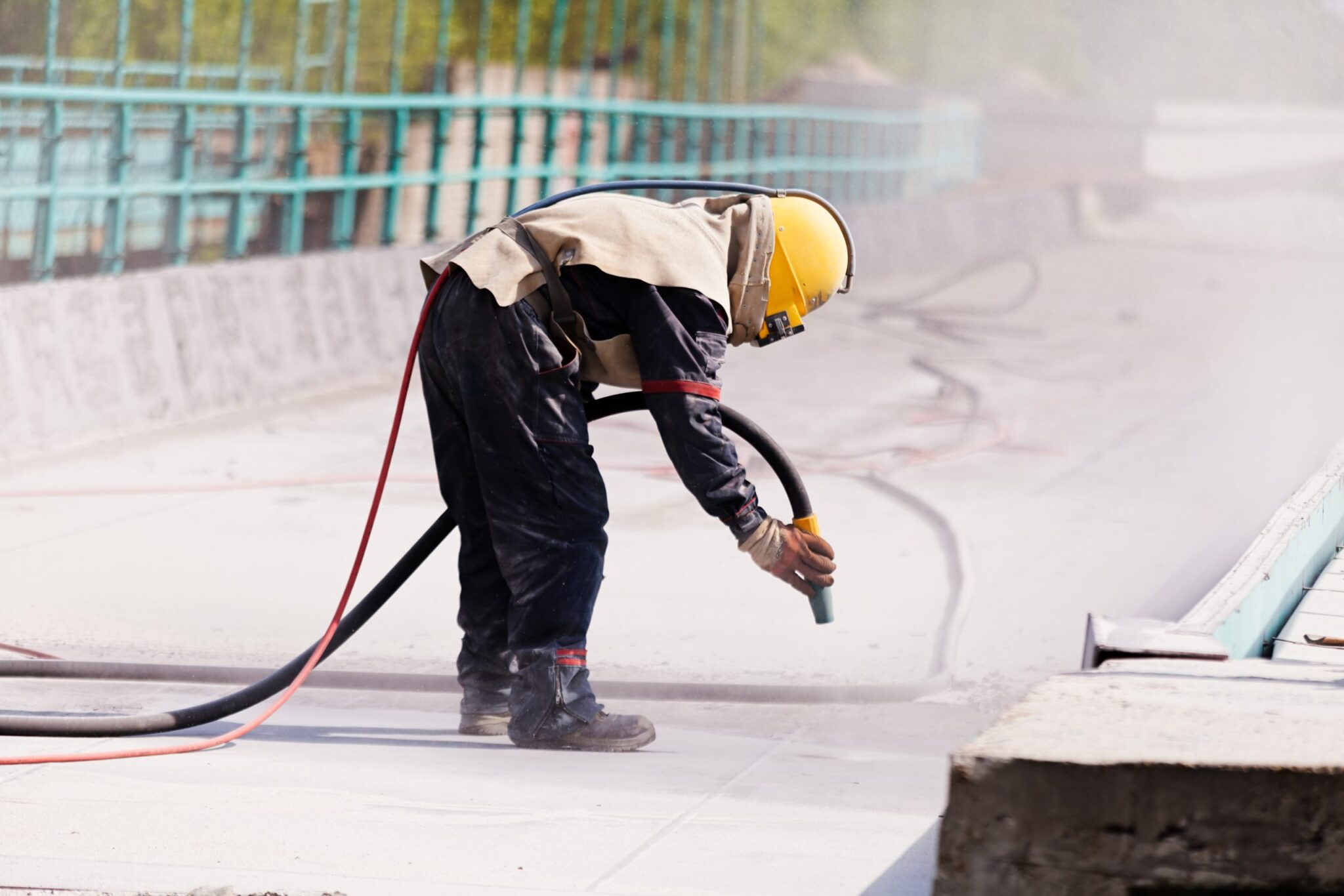
That means, though, that they're running at about 10% capacity on their air compressor the rest of the time, which is extremely inefficient and will create other problems.
So that means you’ll need to consider your demand profile – are you running three shifts a day, all with equal demand for air pressure? Most likely, you’re not.
If you’re like most companies, you doing two solid shifts and a skeleton crew on the third. If your compressor is designed to meet the needs of those two main shifts, it’s going to be very costly to run that machine at night.
And the stakes are high: if you’re running your air compressor at the same level on all three shifts, your energy expenses will exceed the price of the machine in the first six months.
But that is by no means the end of the story. For instance, you’ll want to consider use of multiple, smaller units, making your system more efficient and reliable. More on this topic later.
Next, you’ll also need to consider pressure, commonly referred to as PSIG.
Pressure Requirements
Each application needs different pressure, measured as pounds per square inch (psi). For example, most tools and lifts require 90 to 100 psi, with the largest users being dust filtration and bag houses.
So, typically, most people plan a system based on the highest pressure required. If you have one particular application that requires a high pressure, say 125 psi, then you can add some efficiency by isolating this application and servicing it with a booster or a compressor dedicated to this high pressure application.
But the relationship between the two is a little more complicated than that.
Let’s take the example of a large application like blasting that requires a lot of pressure, often in peaks of 100 psi or more.
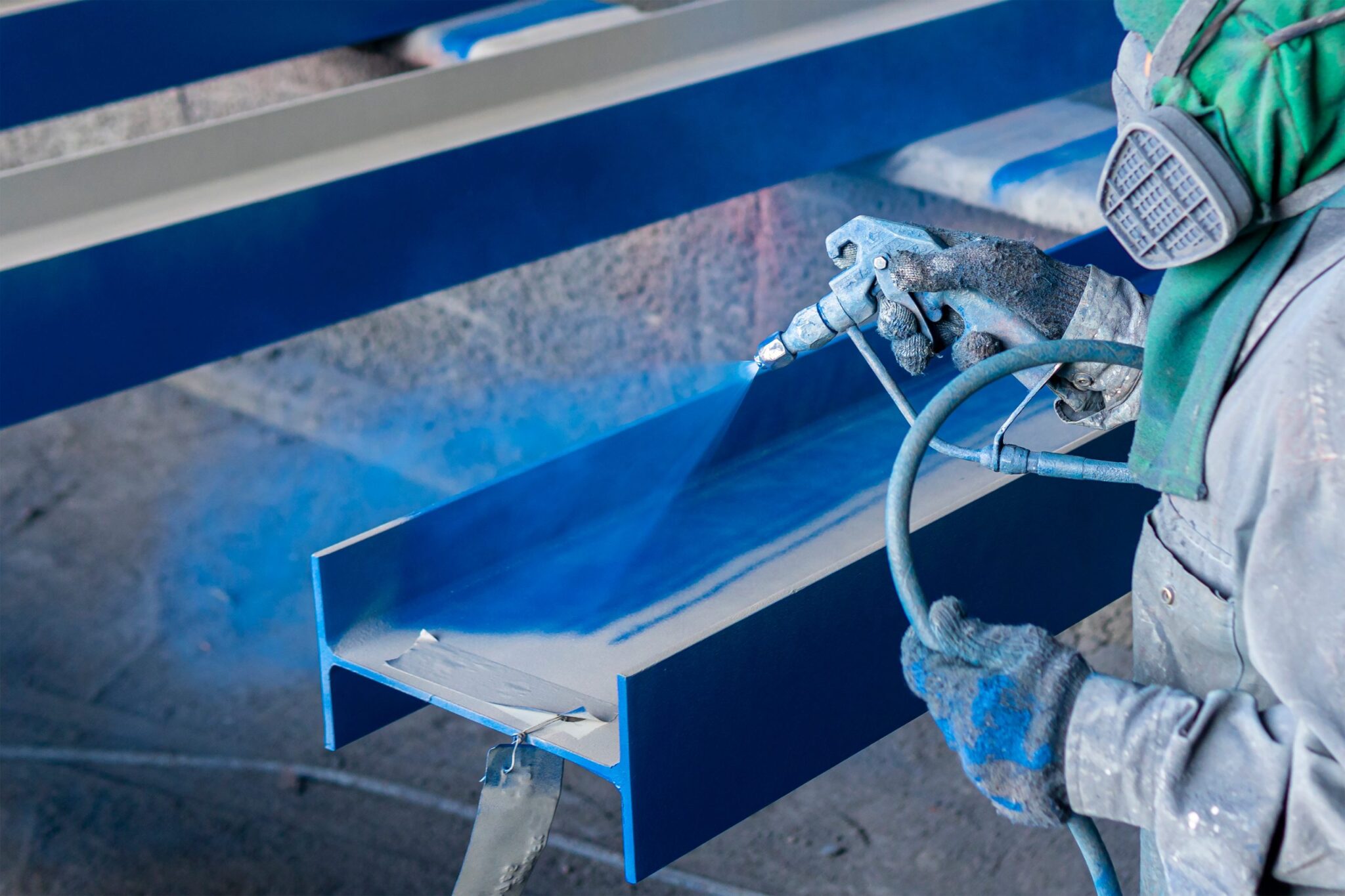
They'll need to put regulators on their other equipment to ensure they're scaling down to the proper pressure for each application. But that often means there’s a lot of wasted energy to get to higher pressures.
And someone who doesn’t know what they’re doing inevitably opens those valves. If the regulator is at 50 pounds and they unscrew it, you're losing 100 pounds. That ultimately wastes a dramatic amount of compressor air (and money!).
Plus, that extra pressure can damage some of your equipment.
The point is that they don't need 150 HP capacity for their plant. They should have 100 HP for that blaster and 10 HP for the rest of their plant. That's it.
But a lot depends on the various applications you will serve with your air compression system.
Applications
As mentioned earlier, specific applications like dust filtration, bag houses, blasting, bulk conveying, and materials handling have specific requirements.
Paint spray tools that must draw sufficient pressure to atomize paint for an even, consistent coat.
Certain pneumatics don't need that much pressure to operate on machinery, but they need more volume to keep the pressure stable.
As a result, needs can swing dramatically, especially when you are using specific pieces of equipment. And it may vary across shifts, especially when you have 100 people on the first shift and only 30 people on the second shift. That usually correlates to a dramatic drop in air demand.
A related consideration is the site condition. Is the location for the compressor inside or outside? Will there be a lot of dust, dirt, and gravel coming in? Will it be exposed to cold? Admittedly, air compressors are rugged, but you’ll want to know site conditions going in. And you’ll want to plan for them.
You'll want to consider all that when you're planning your system.
Other Equipment
Plan Layout
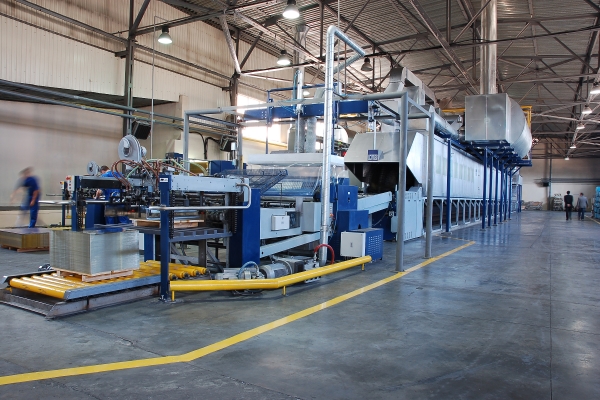
And there are other problems as well, including:
-
- Angles or sharp turns will slow down the airflow, reducing pressure as well. Bends in a pipe cause air to ricochet off the pipe’s interior, wasting energy and creating what engineers call “turbulent flow,” leading to a pressure drop. Therefore, avoid sharp bends and aim for gentler ones ranging from 30 to 45 degrees. The overall goal is “laminar flow,” which is smooth and streamlined.
- Water corrodes certain kinds of metal pipes. Ultimately, this corrosion will create rust flakes that travel through the piping system, eventually reaching end-use equipment, clogging nozzles, and contaminating products or finished materials. In addition, rust formation makes a pipe’s interior surface rough, causing turbulence that further reduces air pressure.
- Obstructions. The rust and corrosion mentioned above can flake off and accumulate in connectors, valves, sensors, or dryers, restricting airflow, lowering the pressure upstream, and backing up the pressure upstream. The good news? Blockages quickly become known, causing excess pressure in front of them and lower pressure after them.
Air Audits
Random stat or
customer quote
textXXtext
text
Air compressors are used for a broad range of applications in the mining industry, providing a reliable source of power ideally suited for the extended use, harsh environments and safety requirements needed for successful operation in this area.

